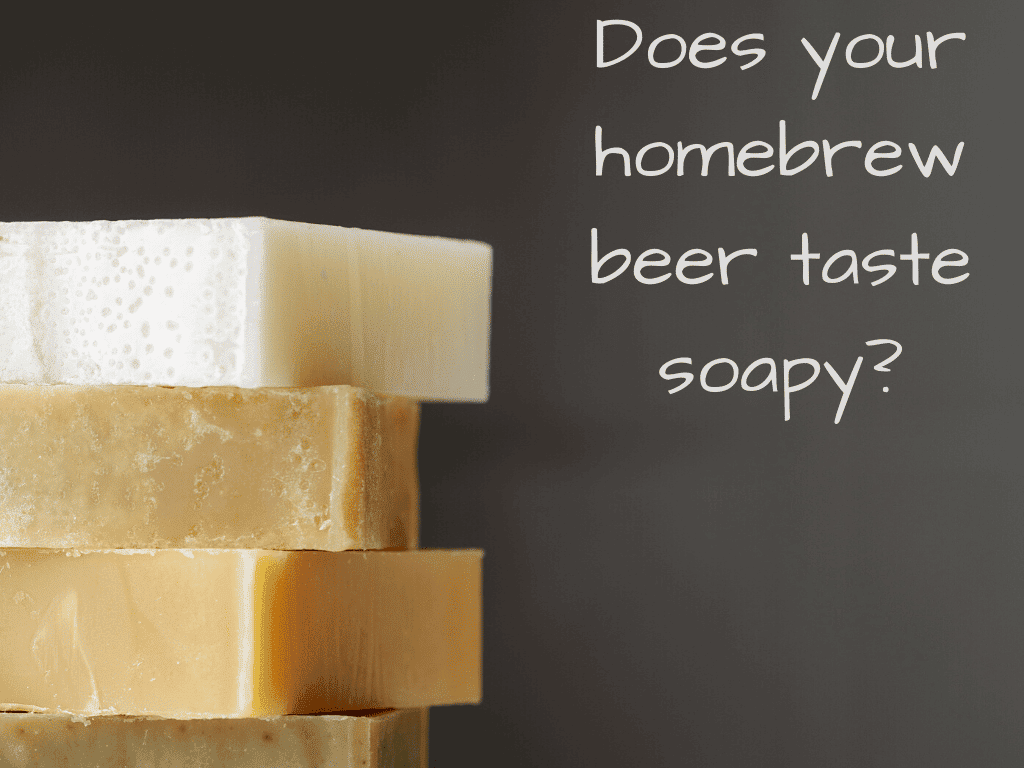Most homebrewers have been told that they should keep their fermenters and bottled beer in the dark to avoid skunky or lightstruck flavors but might wonder why this is the case. To help separate bro science from real science, I thought this would be a good question to answer today.
Fermenting beer needs to be in the dark during fermentation and kept in the dark after bottling to avoid developing the lightstruck off-flavor, also known as skunky. When beer is exposed to light, a chemical reaction quickly produces the 3-methylbut-2-ene-1-thiol (3-MBT) compound responsible for the off-flavor which will never go away.
We’ve all heard that clear and green beer bottles will lead to skunky beer but most people don’t realize that sunlight can create off-flavors in beer so quickly and that great care should be taken to minimize beer’s exposure to light during fermentation and beyond.
Topics We Cover
Why ferment in the dark
Keep your fermenter in a cool, dry, dark place.
This advice is super common for homebrewers to see because it’s incredibly important to follow it if you want to brew tasty beer. Fermentation is an incredibly complex process and while variables such as temperature, pitch rate, and yeast health will have huge impacts on the final flavor, sunlight is one that isn’t often discussed.
If you ferment your beer in direct sunlight, there is a very high probability that it will develop the lightstruck off-flavor which will not go away with age and typically only gets worse.
Whether by accident or on purpose, most homebrewers probably keep their fermenters in a relatively dark place simply because it’s easier to control the temperature inside your house than outside it.
If your fermenter is quietly bubbling along inside your closet, for instance, there is little chance it will be exposed to any UV rays.
Still, many homebrewers utilize a windowed garage or basement for their brew sessions and it is possible that they are fermenting in a place where light can make contact with beer to produce a horrible, skunky off-flavor.
How does light affect beer?
Since the chemical process is a fairly complicated process and I’m no scientist, I’ll simply say that when sunlight comes into contact with an ingredient inside beer related to hops called isohumulones the result is an off-flavor called lightstruck.
In slightly more scientific terms, the UB-B and UV-A rays inside sunlight create an immediate and irreversible chemical reaction inside beer that produces the 3-methylbut-2-ene-1-thiol (3-MBT) compound that lends skunky beer its characteristic flavor.
This off-flavor has been recognized in beer since at least the late 1800s and brewers have made it a point to minimize the amount of light that beer comes into contact with ever since. Putting beer into barrels, casks, kegs, and even brown bottles all helps to reduce the amount of light making contact with beer and helps improve their shelf life as a result.
It is no surprise that the beers most infamously well known for their skunkiness are the ones that come inside clear or green bottles.
For reference, clear glass offers no protection against sunlight and green bottles offer a little, and brown bottles will provide the most protection because they block light rays below about 500 nm.
What’s crazy is that this chemical process happens so quickly that you can actually do an experiment with your own beer at the house to see its effect. Just pour a beer (homebrew or commercial) into a clear glass and sit it in the sun outside.
After about 20 minutes, taste that beer alongside a freshly opened one and you’ll be able to taste the difference immediately. The 3-MBT molecule can affect taste with as little as 4 parts per TRILLION in beer, making it one of the most potent off-flavor producing compounds there is.
These days, most manufacturers have switched over to aluminum cans for their packaging to completely avoid light contamination inside their beer and still others have developed methods of hopping their beers that remove the isohumulones responsible for interacting with the light. All this means it is much easier to find a non-skunky beer on the store shelves in today’s world.
Is light bad for fermentation?
We’ve talked a lot about the off-flavors created when beer comes into contact with sunlight but I should point out that light isn’t necessarily bad for fermentation, in general.
In fact, you could ferment your beer in broad daylight and your yeast would carry on as if nothing much was different. Of course, this would likely also mean your fermenter would be exposed to higher than normal temperatures which could create many more problems within the beer in terms of off-flavors.
Where to store fermenting beer to keep it away from the light
To keep your beer away from the light and ensure that you are able to produce the best-tasting beer you will need to ensure that you have a good space to store your fermenter that won’t get in the way for the several weeks or months that you’ll be using it.
Here are some great options for storage:
- A closet – This is my go-to and since I barely have anything on my side of the closet there is plenty of room for a few fermenters to hang out. If you use this space be absolutely sure that your beer isn’t going to have a blowout, however, as the results could be devastating.
- The basement – If you have a basement in your house with good climate control or normally cool temperatures then this makes a great space. Find a section of the basement away from any windows and consider creating a shield or covering if you are worried about light making contact with your beer.
- An unused bathroom – If you happen to have an extra bathroom then the tub is a great place to store a fermenter as long as there aren’t any windows nearby. A tub makes blowouts easy to clean up and you can even use the space to clean out your fermenter and other brewing equipment once your beer has been bottled or kegged.
Wherever you decide to ferment your beer, just be sure to keep temperatures in check and don’t let anyone tamper with it or move it around. Once primary fermentation is complete, you want to avoid contact with oxygen to minimize flavors from oxidation.




